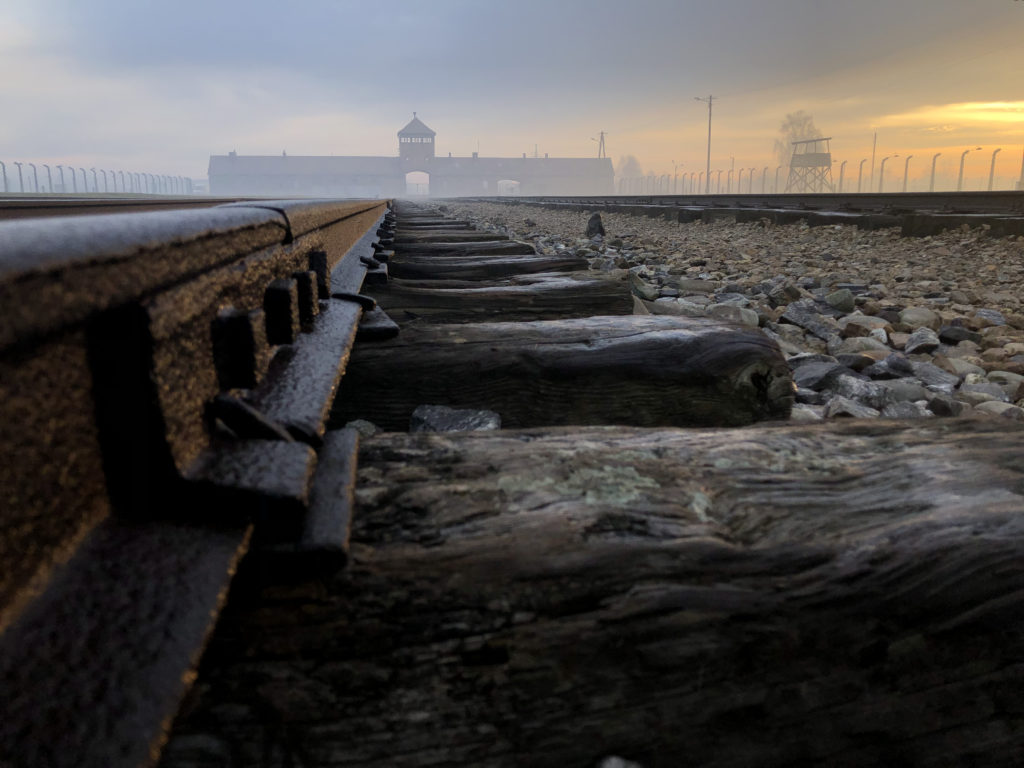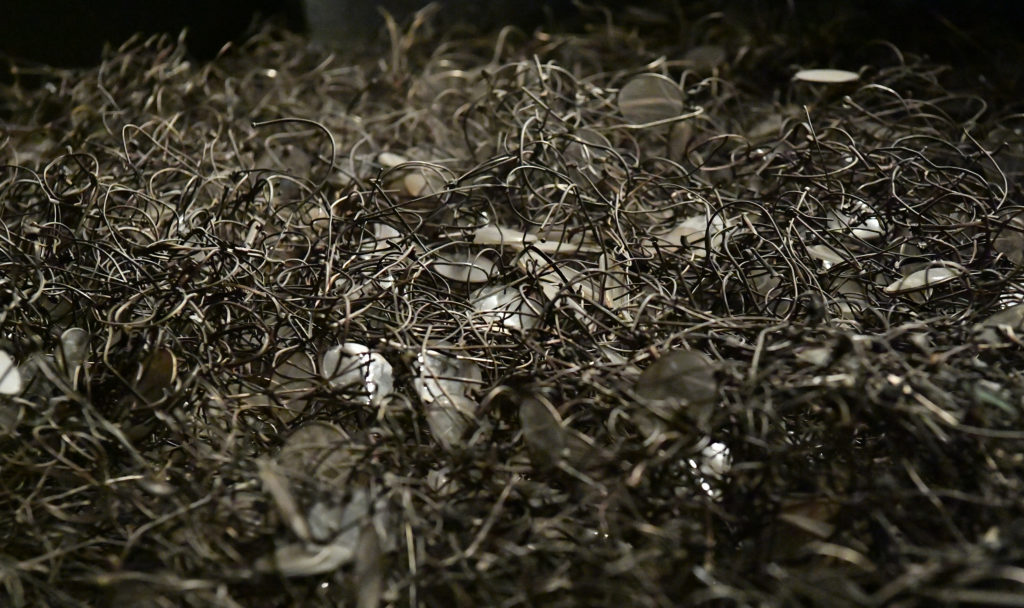1.What is your museum about and what is your work there?
The Auschwitz-Birkenau Memorial is certainly not like other museums. The remains of the largest of the German Nazi concentration camps and extermination centers have been organized into a museum to provide a specific legal framework, a kind of durability that characterizes museum institutions. However, it is undoubtedly not an open-air museum or a historical or military museum. While some museums have an evident aesthetic dominance (e.g., art museums), others have a cognitive dominance (e.g., museums of technology or history).
The Auschwitz Memorial is dominated by a moral and ethical prerogative. The essence of this prerogative is to learn about the darkest page in the history of Europe, and perhaps of the world, to realize the challenges facing us all today if we do not prevent hatred, dehumanization, racism or antisemitism from re-escalating.

Naturally, everyday life in such a museum all boils down to normal museological, research, conservation, or exhibition work; however, the educational function and the ability to communicate with the world at large crowns all our other endeavors. And it is not just about visitors; it is about building a massive social media discourse and reaching out with publications, conferences, and tours. It also involves extensive cooperation with the media or those responsible for educational programs.
2.What is the impact on your digital activity? Do you have tips to share with your colleagues?
We attach great importance to the issue of communication, which today has primarily moved to social media. It is not easy terrain, as everyone chooses a thematic or social niche in which they feel safe. For this reason, we try to convey the story of Auschwitz or react to today’s events so that as many people as possible find our message credible and relevant. In my opinion, credibility is paramount in building a network on social media because, ultimately, the message is always a conversation with a specific individual.
Today, though, when the pandemic has so brutally demonstrated the need to reach people in a whole new way, we are developing other digital tools. We are developing a platform in partnership with the Israeli companies Appsflyer and Diskin that will enable online tours of Auschwitz in the near future. And I am not talking about some automatic mechanism, but an actual guided tour with a real guide that one can interact with and ask questions.

It is not only crucial for pandemic reasons but may also have a fundamental application in those parts of the world where, for various reasons, we still have not had many visitors. In cooperation with the Polish company Real Invented Studio, we are working on creating a virtual 3D model of the Auschwitz space as it was in the spring of 1944. Such space can also be “visited” or used differently in this new educational approach. These are examples of using the latest technology on a scale yet to be seen in museology worldwide.
But since our greatest challenge is to make the “voice from Auschwitz” resound in people’s hearts and minds, we decided to undermine our previous choices and take this giant step into the XXI century. To put it simply, today, you can no longer wait for a visitor to come; you have to look for them even in the most remote corners of our world.
3.What advice would you give a visitor to fully discover your museum?

A basic visit takes about 4 hours. It is not an easy time for anyone. However, we also have offers for much more in-depth visits. Above all, I advise you to visit with a guide. The Museum’s form itself is not narrative; it is much more phenomenological – it does not tell, it shows. The narrative is, therefore, in the hand of the guide.
Before visiting, I would advise everyone to read a memoir of a survivor of this hell and perhaps look at our online lessons or exhibitions. Or at the very least, watch a good film on the subject. Unprepared persons see and understand less during a visit. The subject is so profound and significant that it is worth making this day a kind of reference point for your entire life.
Continue on #MuseumWeek Magazine.
